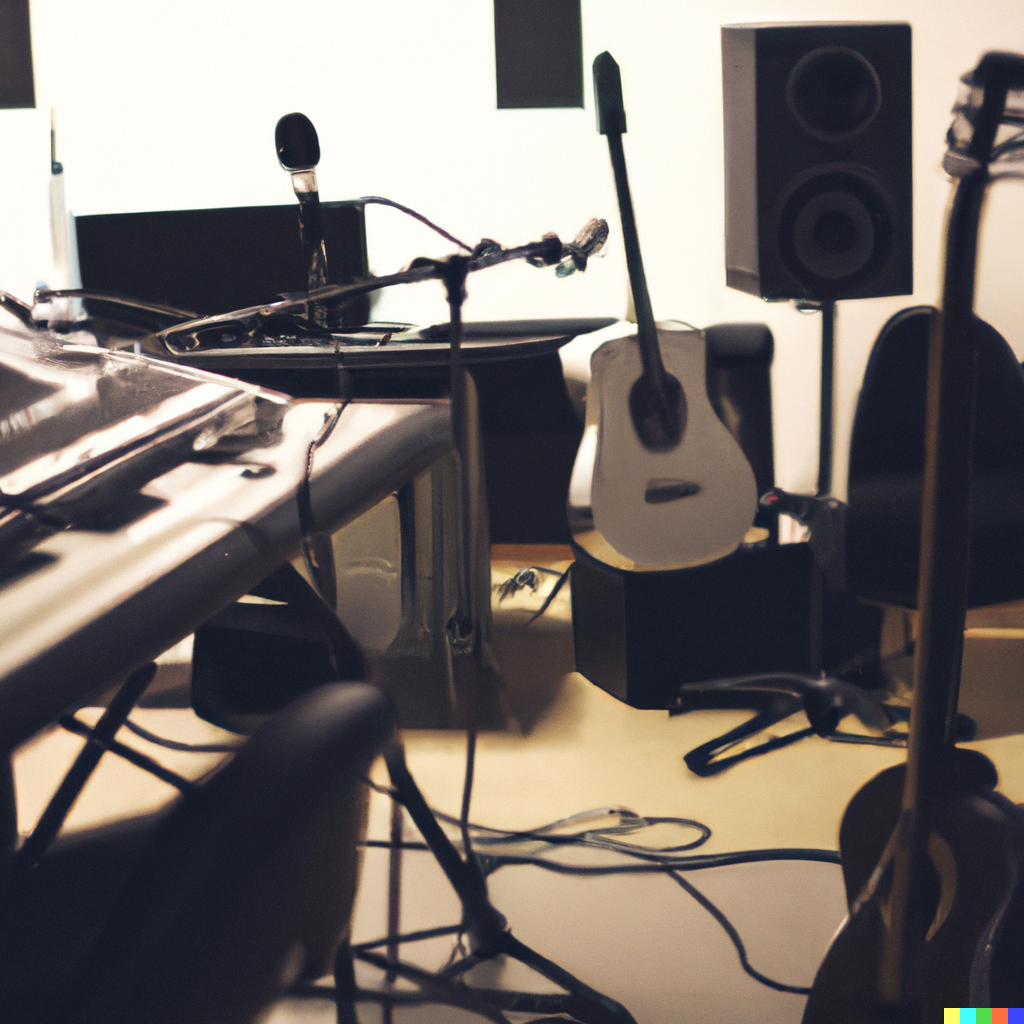
Studio Design and Acoustics
Designing a recording studio can be a daunting task, as it requires a balance between functionality, aesthetics, and acoustics. In this article, we will discuss some key considerations when designing a recording studio, including room layout, soundproofing, and acoustic treatment.
Room Layout
The layout of the recording studio is critical to its functionality and efficiency. Ideally, you want to design the room to have separate areas for recording, mixing, and monitoring. The recording area should be isolated from the control room to prevent sound leakage, and the mixing area should be positioned to allow for easy access to all equipment.
It’s also important to consider the placement of the speakers and the listening position, as this can greatly affect the accuracy of the sound. The speakers should be positioned so that they are equidistant from the listener, and the listening position should be at the focal point of the speakers.
Soundproofing
Soundproofing is essential to prevent sound leakage into or out of the recording studio. The walls, ceiling, and floor should be constructed with sound-absorbing materials, such as mass-loaded vinyl, acoustic foam, or fiberglass insulation.
It’s also important to consider the doors and windows, as these are often the weakest points for sound leakage. Soundproof doors and windows can be purchased or custom-made to provide maximum sound isolation.
Acoustic Treatment
Acoustic treatment is essential to achieve a balanced and natural sound in the recording studio. The goal of acoustic treatment is to reduce unwanted reflections and resonances that can occur in the room.
Acoustic treatment can be achieved through the use of sound-absorbing panels, bass traps, and diffusers. Sound-absorbing panels are typically placed on the walls and ceiling to reduce reflections and absorb sound energy. Bass traps are used to control low-frequency resonances, while diffusers are used to scatter sound energy and create a more natural sound.
Conclusion
Designing a recording studio requires careful planning and consideration of various factors, including room layout, soundproofing, and acoustic treatment. With the right design and construction, you can create a functional and acoustically balanced space that allows for optimal recording, mixing, and monitoring.
Leave a Reply